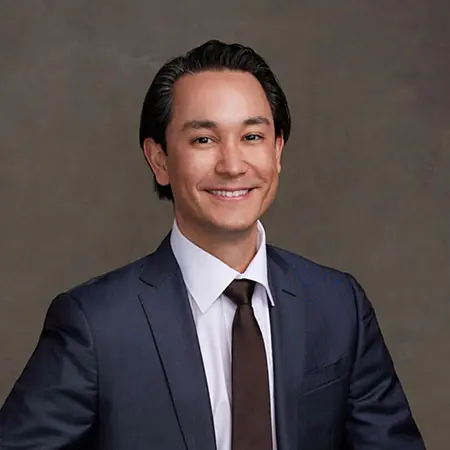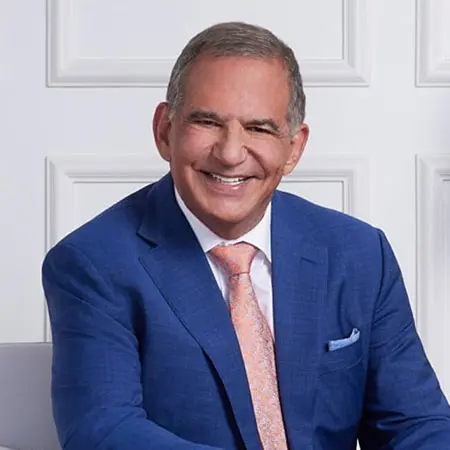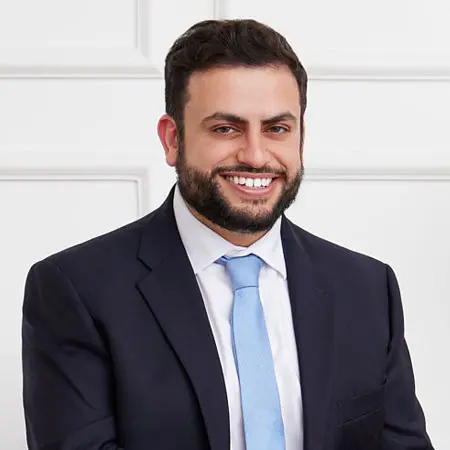September 22, 2022 | Chin Augmentation, Rhinoplasty Surgeon
3 minute read
Successful Rhinoplasty outcomes depend on the careful analysis of both the nose and the surrounding facial features. Despite increased public awareness and acceptance of rhinoplasty surgery, patients who present for nasal surgery rarely have examined their whole face. Rather, they have the notion that a singular feature, the nose, is the only aspect that could be improved.
The comprehensive surgeon will also consider the chin’s strength, the jawline’s definition, the cheekbones’ prominence, and the skin’s quality and texture. Even sophisticated patients may be unaware that these areas could be augmented surgically through relatively uncomplicated procedures. Our goal at FPSA is to educate our patients and empower them with knowledge about their anatomy and treatment options. If improving one or more of these features would benefit the patient and enhance the rhinoplasty results, we would explore procedures that could enhance these features. These complementary procedures could be the “icing on the cake” that dramatically enhance the rhinoplasty result.
We will review the Top 6 procedures that our patients chose to complement rhinoplasty.
1. Chin Augmentation
The balance between the nose and chin is essential for a harmonious and attractive profile. A weak chin can make the nose appear relatively larger, and a weak chin can mask even the best rhinoplasty results. We currently perform chin augmentation using medical-grade solid silicone implants in approximately 15 to 20 percent of our patients seeking reduction rhinoplasty. A chin implant has the added benefit of adding tension to the skin under the chin to create more definition.
2. Submental Liposuction
Liposuction of stubborn fat deposits under the chin is a popular procedure to improve jawline definition. Ideal candidates for this procedure include those with stubborn fat under the chin that does not respond to dieting and exercising and who have good skin elasticity.
Submental liposuction explained
3. FaceTite – lower face and neck
FaceTite employs radiofrequency energy to tighten collagen fibers and stimulate tissue remodeling. While improvements can be seen immediately after the procedure, tissue remodeling and contraction continue for up to 12 months. Ideal candidates for FaceTite include those beginning to develop skin laxity in the jowls and neck regions who may not need a facelift but still want those areas treated.
4. Facial Fat Transfer
Fat can be harvested from the patient’s abdomen or thighs to replenish facial volume loss or deficiencies. Because hollow or flat cheeks can distract our attention from the nose, restoring volume to the cheeks is a great way to enhance rhinoplasty outcomes.
5. CO2 laser skin resurfacing
Many of our rhinoplasty patients elect to take advantage of being under anesthesia to undergo ablative CO2 laser skin resurfacing to improve fine lines, brown spots, skin texture, and pre-existing scars. There are two major categories of CO2 laser resurfacing. Fully ablative CO2 laser resurfacing involves removing the entire top layer of the skin. Fractional ablative CO2 laser resurfacing removes a fraction of the skin surface. Generally, fully ablative CO2 laser treatment results are more pronounced than fractional laser treatment because the entire skin surface is treated. However, because islands of skin are left intact during fractional laser treatments, these islands of skin will help the skin heal faster than a fully ablative treatment, resulting in a quicker recovery.




